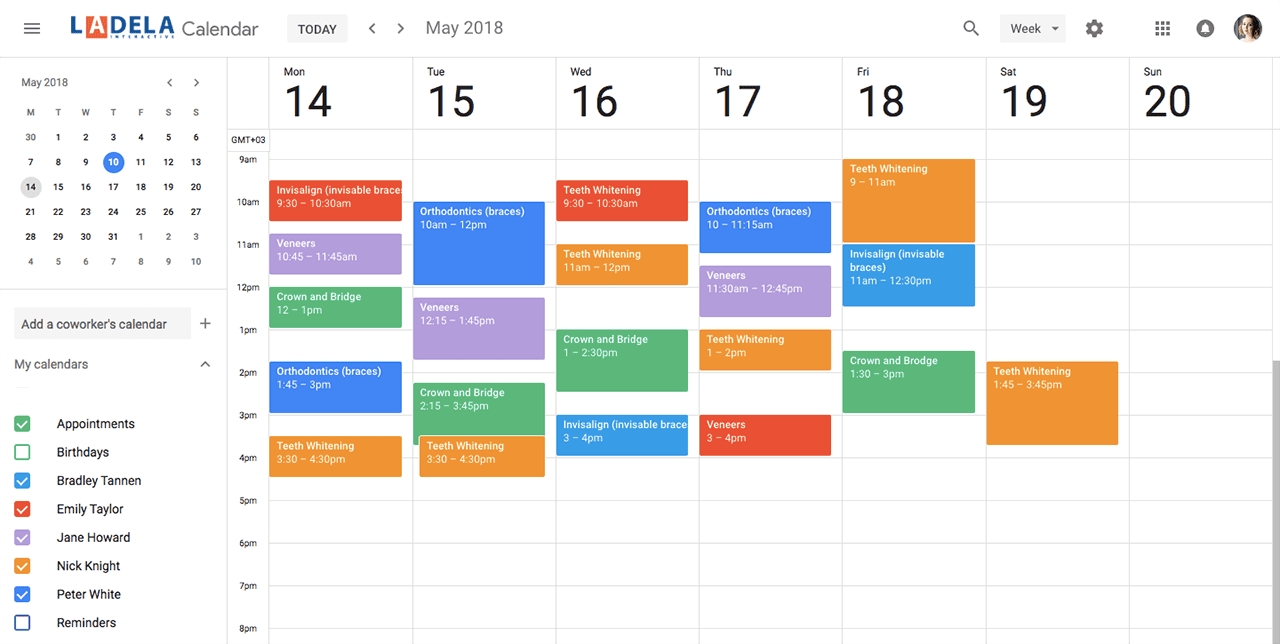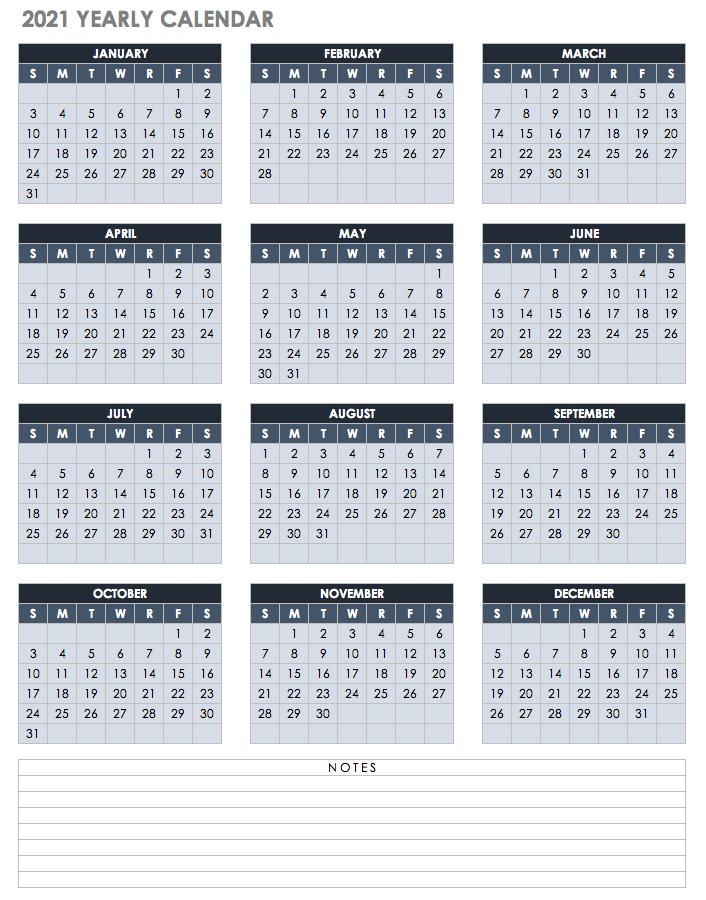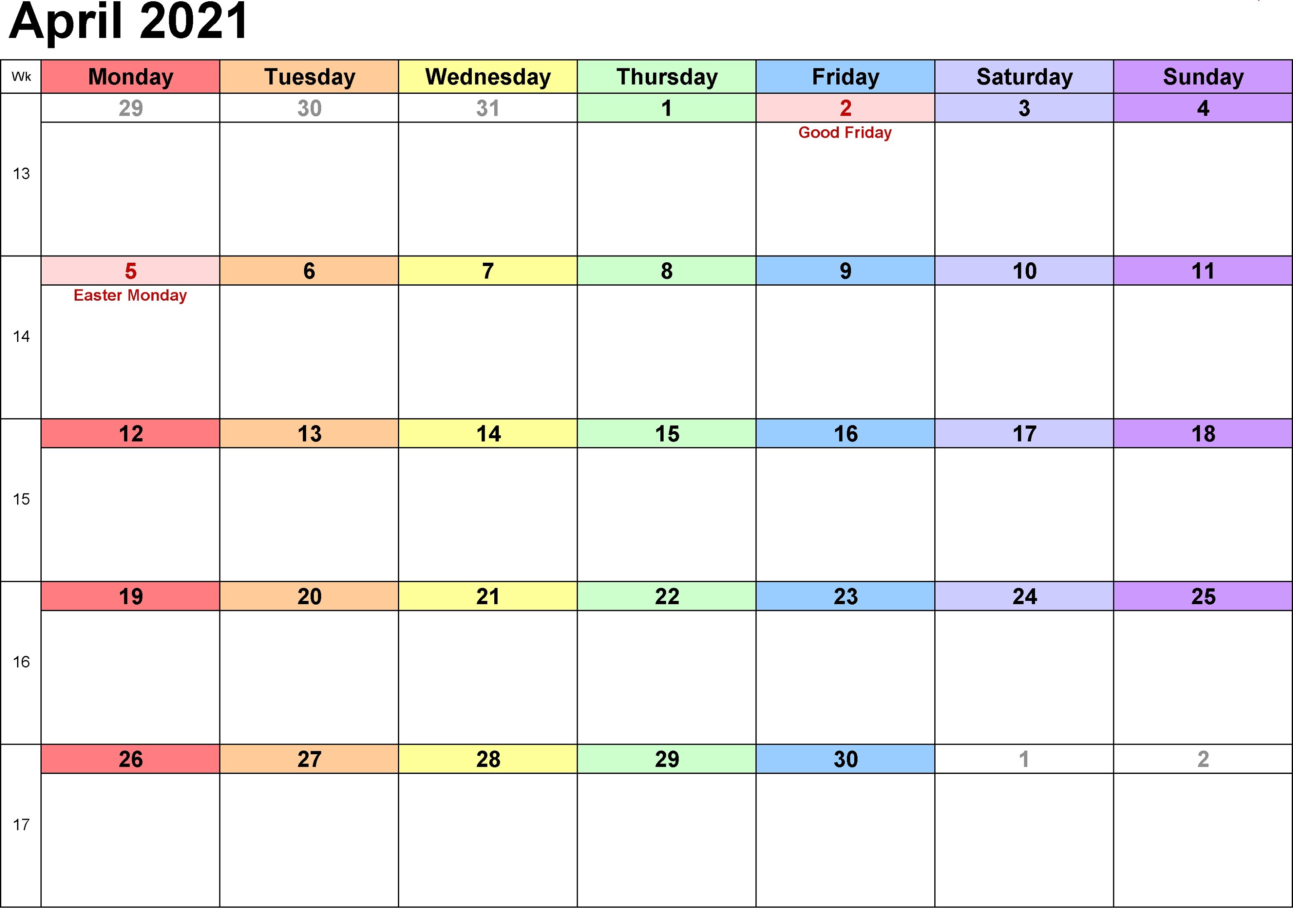Overall, she wrote that Google Calendar "is a reliable, simple and playful alternative to your device's built-in calendar" and that it is "efficient and a breeze to use". Google Calendar allows users to create and edit events. Reminders can be enabled for events, with options available for type and time.
Event locations can also be added, and other users can be invited to events. While it's nice to have the mobile app, Fantastical 2 is at its best on desktop. The app is colorful without being gaudy or overwhelming, and it's easy to use without sacrificing control over your event details. On a Mac, the menu bar app lets you quickly add an event or see what's on your agenda in the coming days.
Adding details to your events—such as notes, URLs, invitees, and locations—feels quick and smooth. Apple's clean and simple calendar lets you focus on your events rather than the app itself. It's intuitive to use if you're familiar with other Apple apps, with support for drag and drop and Siri integration. Click or tap the plus sign (+) to create a new event, which can include a title, location, reminder, note, and invitees. You can also add a travel time estimate that will be factored into event alerts. As you might expect, this no-frills calendar integrates with Apple devices, so that you see notifications from it in the iOS and macOS notification bars.
When you need to schedule a meeting, Calendar looks at your connected calendars to find open time slots. You can customize the options to remove or add times and select meeting length. You can also add meeting location options like a physical address, phone number, or Zoom link. Once you've made your preferences, you can email your availability to meeting attendees. All they need to do is click on a time to reserve it and Calendar puts it on your calendar as well as sends the meeting attendees an invite.
An online business calendar allows you to manage your personal and professional events and schedules. You can share calendars, create group calendars with your team to organize your work while collaborating with your teammates. A business calendar with powerful scheduling tools like Zoho Calendar, will help you stay on top of your schedule along with your team.
The Google Calendar setting in question is for users who want to organize meetings by sharing their calendar with specific users using a specific link. However, what the settings enables is for anyone with the shared link – not just the intended user – to see the shared calendar, according to Jain. What that notification means is that the URL becomes indexed by Google search, meaning that anyone can find the calendar without even knowing the link, he said. Much of Google Calendar's popularity comes from the fact that you can create multiple calendars in one place using a Google account, and then port those entries to almost any other online calendar. Google Calendar also works with nearly everything else on the market.
You can connect your Google Calendar not only to other calendar apps, but also to business apps and services that have calendars as part of their features, such as Trello and Asana. The Cisco Webex integration for Google Workspace lets users schedule Webex meetings and Webex Personal Room meetings directly from Google Calendar or Gmail, in any browser. The calendar invite shows the Webex meeting details, including a link to join the meeting. Once you choose a calendar app, take it to the next level. With automation, you can do things like automatically turn calendar events into tasks on your to-do list or use forms to create calendar events.
Here's how you can bring context to your calendar by connecting other apps. Speed up the process of tracking time by connecting Google Calendar to your Harvest account. This integration lets you see your calendar events inside Harvest, so it's easy to remember how you spent your day when it's time to enter time. You can even use your calendar to automatically populate Harvest time entries for even faster time tracking. The google calendar platform allows you to connect to yourGoogle Calendars and generate binary sensors.
The sensors created can trigger based on any event on the calendar or only for matching events. When you first setup this integration it will generate a new configuration file google_calendars.yaml in your configuration directory that will contain information about all of the calendars you can see. It also exposes a service to add an event to one of your Google Calendars. Using this feature will help you schedule a meeting when you know everyone is free, so you can hopefully avoid a series of conflicts and excuses.
Another option is to choose "Suggest a time" for each participant. This feature prompts the system to automatically generate a list of meeting time options, so you can select the one you feel works best. For Google, this also includes allowing users to set default notifications that will apply to every event you put on a particular calendar. Derek Walter of Macworld, however, praised the iPhone app, writing that "It's a gorgeous calendar app that mines your Gmail account to automatically add events", with "a splash of color and graphics for effect". Walter also criticized the then-lack of a widget in the Notification Center, as well as the then-lack of iPad support. In contrast, Allyson Kazmucha of iMore criticized several aspects of the iPhone app.
She wrote that "The first thing you notice about Google Calendar is the bold interface", adding that "Google automatically detects certain event types and puts graphics behind them, which is a nice touch". Kazmucha also criticized the then-lack of a widget in the Notification Center, but wrote conclusively that "Google Calendar is off to a good start but it isn't making me switch away from ." Zoho Calendar is an online business calendar that makes scheduling easy for you. You can use it to stay on top of your schedule and also share calendars with your team to keep everyone on the same page.
If you don't use Outlook within an organization, you might still appreciate the calendar's many features. You can drag and drop an email onto the calendar icon in the navigation menu to turn it into an appointment , or quickly send a meeting request from either email or the calendar. Color-coding for individual calendars makes it easy to see which area of your life an event applies to.
You can also show or hide calendars, so you can focus on specific types of events. As you would expect from the company that started as a search tool, Google Calendar offers excellent search capabilities. It also integrates with Google Workplace apps, letting you create a calendar event from Gmail, for example. A unified calendar lets you view and access multiple calendars at once.
Each has its own color, so you can quickly see which calendar an appointment or meetings is associated with. Calendar lets you connect up to 10 calendars, which you can view from your dashboard, making it the best unified calendar software online. In addition to our online calendar dashboard, we have both an iOS app and an Android app for mobile devices. Around 20% of our users use their mobile calendar on a daily basis.
You can easily connect your calendars through your mobile phone as well. The video link is incredibly simple to set up, as they literally prompt you for it when you create an event on the calendar. Just click the "Add Google Meet video conferencing" button when creating your event and a link will be generated and included on the invite. Perhaps if you have no interest in sharing your schedule with friends or colleagues and prefer to keep your plans to yourself, this lack of connectivity won't be an issue.
I've found that my online calendar is a great way to communicate and keep track of plans with others, so I rely on being able to share events with the other people involved. You can use Google Calendar's Appointment Slots function to create appointments that other users can book. For example, faculty can create office-hour or class-presentation appointment slots that students can then book themselves.
This function creates an additional view of your calendar that only shows the available appointment slots. Visitors can then click on a time slot to book it. Then once a time is booked, the time is filled in and unbookable by others. Appointment slots can be distinguished from your other events by the grid symbol in the upper left corner. Finding a meeting room shouldn't take longer than the meeting itself. You can add the list of conference rooms in your organization into Resource Booking.
Your teams can then book the room of their choice for a specified time, create an associated event, and send out invites to the meeting—all from one place in Zoho Calendar. The most stalwart of calendar apps, Microsoft Outlook Calendar is more of a personal information manager than a place to see your next appointment. The desktop app unifies your calendar, email, notes, tasks, and contacts into one view. Outlook's mobile apps aren't quite so ambitious, but they do at least combine your calendar and email. When used across an entire organization, Google Calendar gives you the ability to check your coworkers' schedules alongside your own. You can choose between sharing an entire calendar or just using the invite option to add people to an event.
Additionally, the feature can also schedule the meeting room. In June 2017, following May's announcement of Google's new Family Groups feature across several of its services, Google began rolling out "family calendars" for users in Google Calendar. The feature lets family members create shared events visible in a "Family" calendar option.
Goals being activities the user wishes to complete. The feature was expanded in January 2017 with support for Google Fit and Apple Health, to see the progress made towards completing a goal. Privacy settings allow the user to define the levels of public visibility of the entire calendar or individual events.
Although the calendar defaults to showing users event times in their local time, users can specify a different time zone for an event. Google Calendar's mobile apps have received polarized reviews. 2015 reviews of the Android and iOS apps both praised and criticized the design. While some critics praised the design for being "cleaner", "bold" and making use of "colorful graphics", other reviewers asserted that the graphics took up too much space. The Smart Suggestions feature was also liked and disliked, with varying levels of success in the app actually managing to suggest relevant information upon event creation. The integration between Google Calendar and Gmail was praised, however, with critics writing that "all of the relevant details are there".
When you create an event, you'll choose whether it's an appointment or personal event. An appointment is booked with a client and represents a service to be performed. A personal event is simply a blocked chunk of time. You can use the service google.add_event to create a new calendar event in a calendar. Calendar id's can be found in the file google_calendars.yaml. All dates and times are in your local time, the integration gets your time zone from your configuration.yaml file.
We don't recommend Calendar's free plan for business use because of its feature limitations. For example, you can only include five other people in your workspace. There are other limitations that a business will run into so it's easier to set things up well from the start and get on a standard or pro plan that offers more functionality.
For example, the pro plan allows you to have unlimited seats in your workspace and many other necessary features. We created the free plan so that users could get a taste of the basic features, but in most cases it makes the most sense to start things off on a standard or pro plan. Some days I make a to-do list and email it to myself. And other days I manually send reminders to myself all day long. When you're creating an event or calendar invite Google lets you add a link to a video conference via Google Meet that can hold up to 100 participants. Though Apple's calendar app recognized her email address from my Inbox app, I still couldn't send her an invite because I hadn't manually added her email address to my contacts list.
You can share calendars to keep your team in the loop. Create public calendars or group calendars to collaborate with your team on work events. You can embed your calendar online for everyone to see, or even share the private URL of your calendar for a smaller audience to see. From there, they can set the calendars to only say "Free" or "Busy" instead of sharing the entire calendar if anyone wants access to their calendar details. "GSuite admin can also create alerts for when Google docs, presentations, and calendars go public," said Jain.
It's important to note that no actual vulnerability exists in the settings of Google Calendar. What is at issue is the ease of making a privacy blunder when configuring Google Calendar to be shared with others. Categorize your calendar events using our Chrome Extension or Automatic Rules. Track what project your team is working on, what type of appointments you are getting, or what meetings you are attending. Use Tag based time blocking to keep your team's time aligned with your goals.
You can get a free online version of Outlook, called Outlook.com, which is more streamlined and has fewer features. Outlook.com has family sharing, so you can add other household members to your account to make your calendar accessible to others. The Mac version of Outlook isn't as robust as the Windows version, but if you like having everything in one place, this is an all-in-one productivity tool to consider. Although there's no desktop app, Google Calendar's web app and mobile apps for Android and iOS are enough to keep schedules straight. If you want a more enticing user interface or more robust features, you can always connect Google Calendar to virtually any other app on this list.
Every calendar app manages that; the best calendars, however, aren't just functional. They give you clarity about how you spend your time, and a few rare finds are even a joy to use. The integration pulls your calendar events into Harvest, so it's easy to reference what you worked on when you enter time. That means no more flipping back and forth between Harvest and your calendar. In December 2015, Google added a "Reminders" feature, enabling users to add to-do activities as Reminders, with those activities being displayed in the calendar alongside regular events. Google also states that Reminders can automatically add additional, helpful information to Reminders based on known details, such as numbers or addresses.
Reminders serves as a cross-service feature, meaning Reminders also show up in Inbox by Gmail, Google Now, and Google Keep. Events have a set start time and stop time, with an option for an "All-day event". You can import your personal or business Google Calendar with your Square Appointments calendar to manage your schedule in one place. Both busy and free events will import from Google to Square Appointments, and the busy events will block time on your Square Appointments calendar.
Eliminate the back and forth hassle of trying to schedule meetings, especially when multiple people are involved. With Calendar, you can tag two or 200 people on your team, and it will coordinate everyone's calendars to only show meeting times that work for everyone. Mastering a calendar app can be one of the most productive changes in your professional and personal life. Calendar puts all of your calendars (personal, work, etc.) into a dashboard where you can easily see what's on your schedule. You'll have the ability to allow anyone to choose and book a meeting time directly to your online Calendar.
























No comments:
Post a Comment
Note: Only a member of this blog may post a comment.